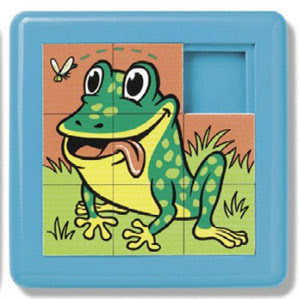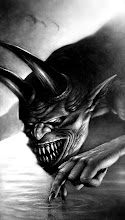
Over the last 15 years or so I've sort of incrementally horded all manner of random stuff that I had thought at this or that time might be useful as reference for a painting. This is all well and good, and although over the more recent of those years I have healthily discovered and fully embraced the incredible and extraordinarily wonderful merits of self organisation (Prior to this point I regret, I was a fine art degree post graduate messy person unwittingly living in my very own Jackson Pollockesque 3D oblivion and rummaging around a room not entirely unreminisent of one of those flat picture sliding square slot puzzles you can get at the seaside, and as a consequence spending ages and ages looking for bits of equipment my room ate :) I'm still not 'quite' there yet. Sure, my little studio is now relatively tidy, and sure I now try and keep just the equipment I need right at hand. But there is this one particular recurring thing which currently bugs me at the moment. It's this - I do a piece of painting, and although I always incorporate referencing into my practice, I often find that after I've finished a painting I seem to then promptly experience a sort of almighty reference epiphany (oooooo! ping!), and shortly after lay my hands on what would have been the perfect piece of reference for the piece now completed. Arrrgh! Anyhow, rambling on as usual, this here below is a personal attempt to rectify the problem, I'm not one for writing down hard and fast rules (as they can inhibit), but Notes, Principles and Procedures, I feel can be mighty useful and beneficial. Especially when you've a brain like mine that seems to slosh and spill its contents everywhere even as I make my best if somewhat futile efforts to fill it. So without further ado, may I please introduce to you, the revolutionary, all new, handy dandy, David Michael Wright 2010 Reference Procedure! (take it away bob...)
----------------------------------------------------------------------------------
My Reference finding Procedure (2010)Ask and answer myself the following each project…
1. Are there any Objects available to me that are similar or exactly as I require, in form, appearance or texture that could aid me in solving the problems this assignment presents?
2. Are there any Photographic opportunities I might capitalise on to capture images of the elements I require within the assignment, that are similar or exactly as I require, in form, appearance or texture, and that could aid me in solving the problems the assigned work presents?
3. Are there any Constructive approaches I might take (Modelling perhaps, or combinations of found objects to be used representationally) which would aid myself in solving the problems the assigned work presents?
4. Have I searched my Reference Libraries (book, film, and computer based) for solutions that could aid or enhance my approach to this project? (Internet?)
5. Have I collected Material or Photographic samples/examples of all the Textures that I will be required to represent within this assignment?
6. Do I need to research any Specialist Knowledge (Technology, History, Fashions etc) to complete this assignment?
7. Do I have access to any media that echoes a similar Mood to that which I wish to create? (e.g. – Dark lavish sword and sorcery fantasy might equal John Boorman’s Excalibur or such like) .
----------------------------------------------------------------------------------
It's not the ultimate solution, I know, but at least I'll I can now be certain I've given all the various reference possibilities some thought before I begin painting.
Any comments or further suggestions most welcome.
Dave :)




















